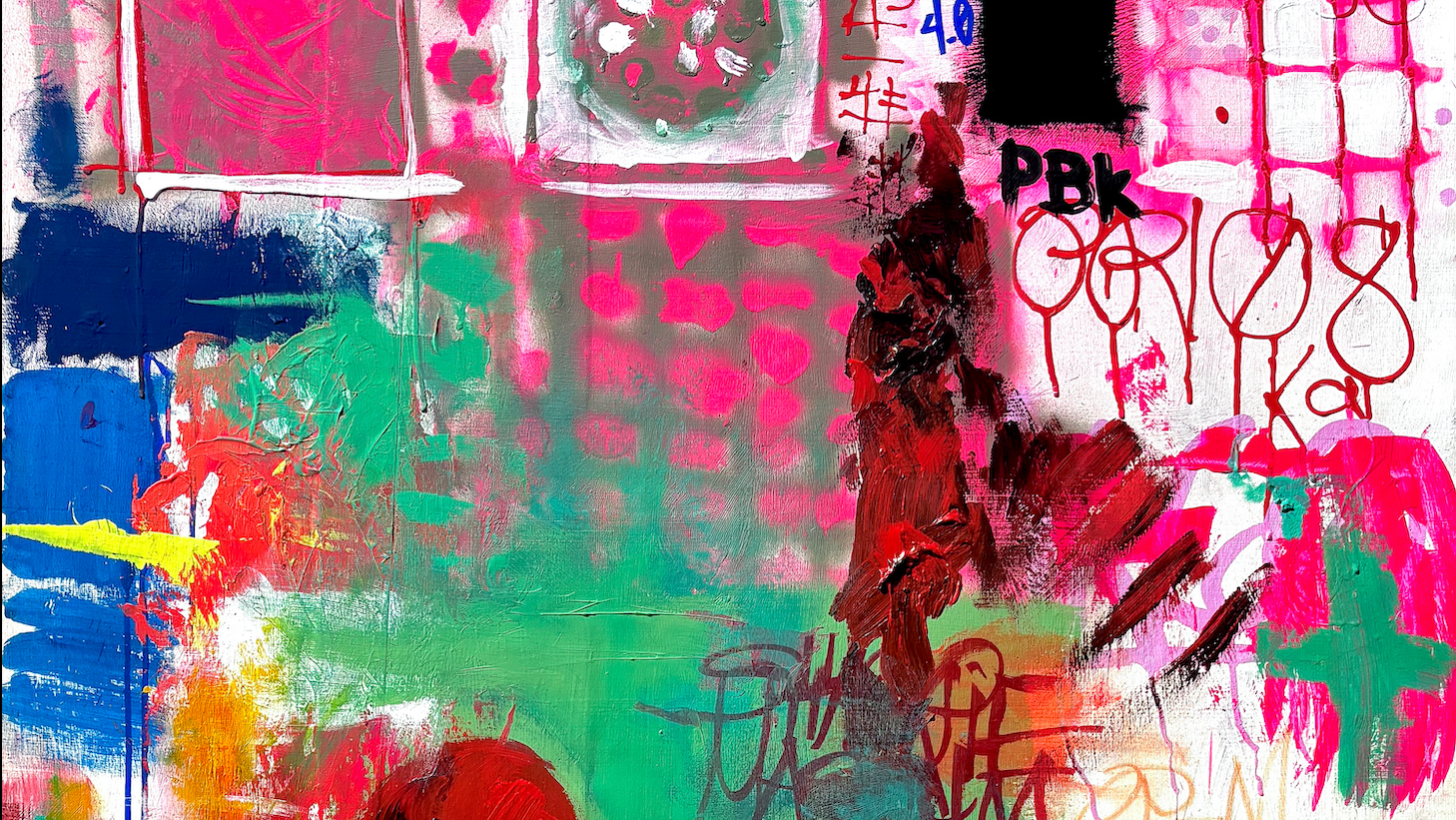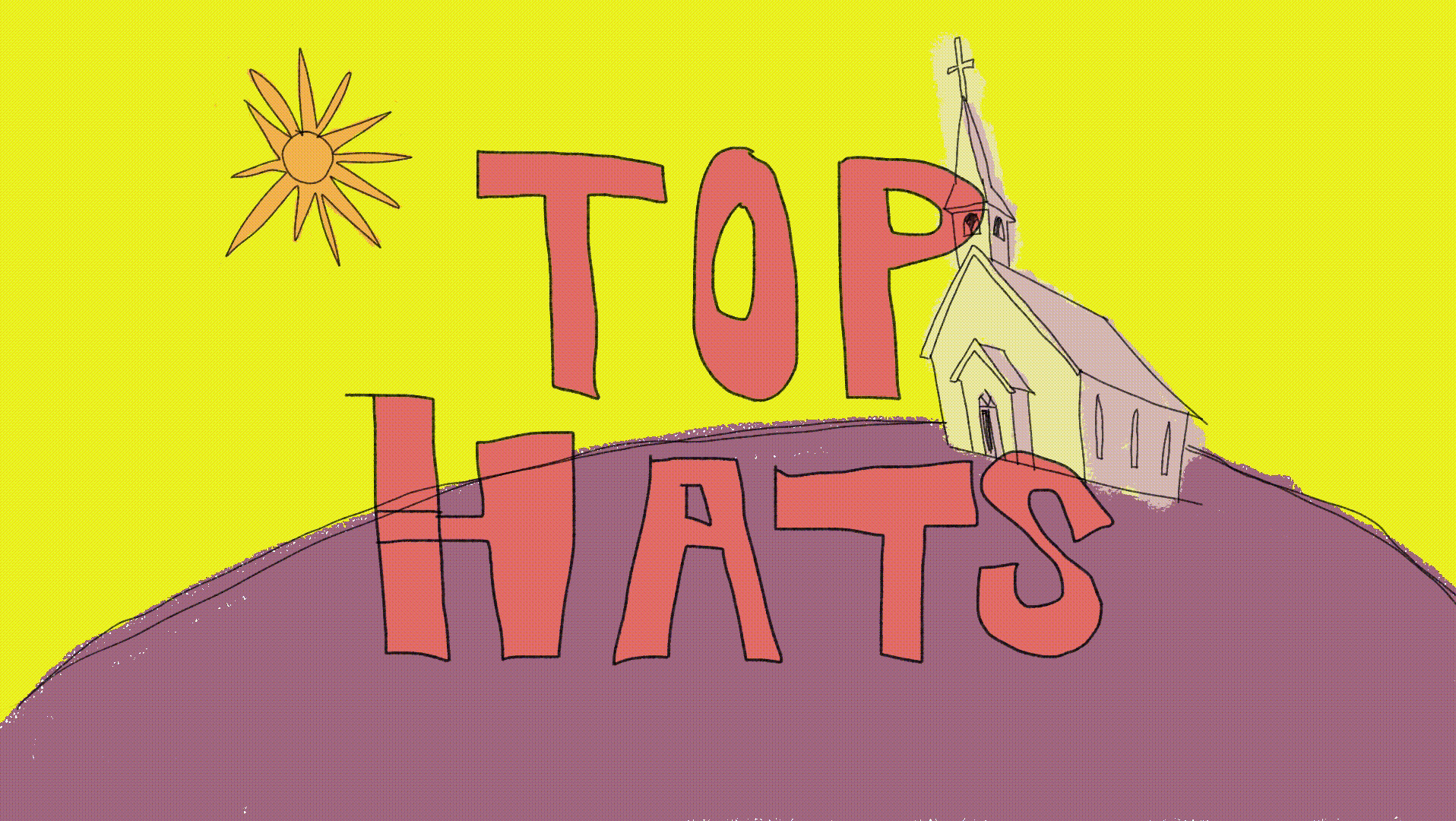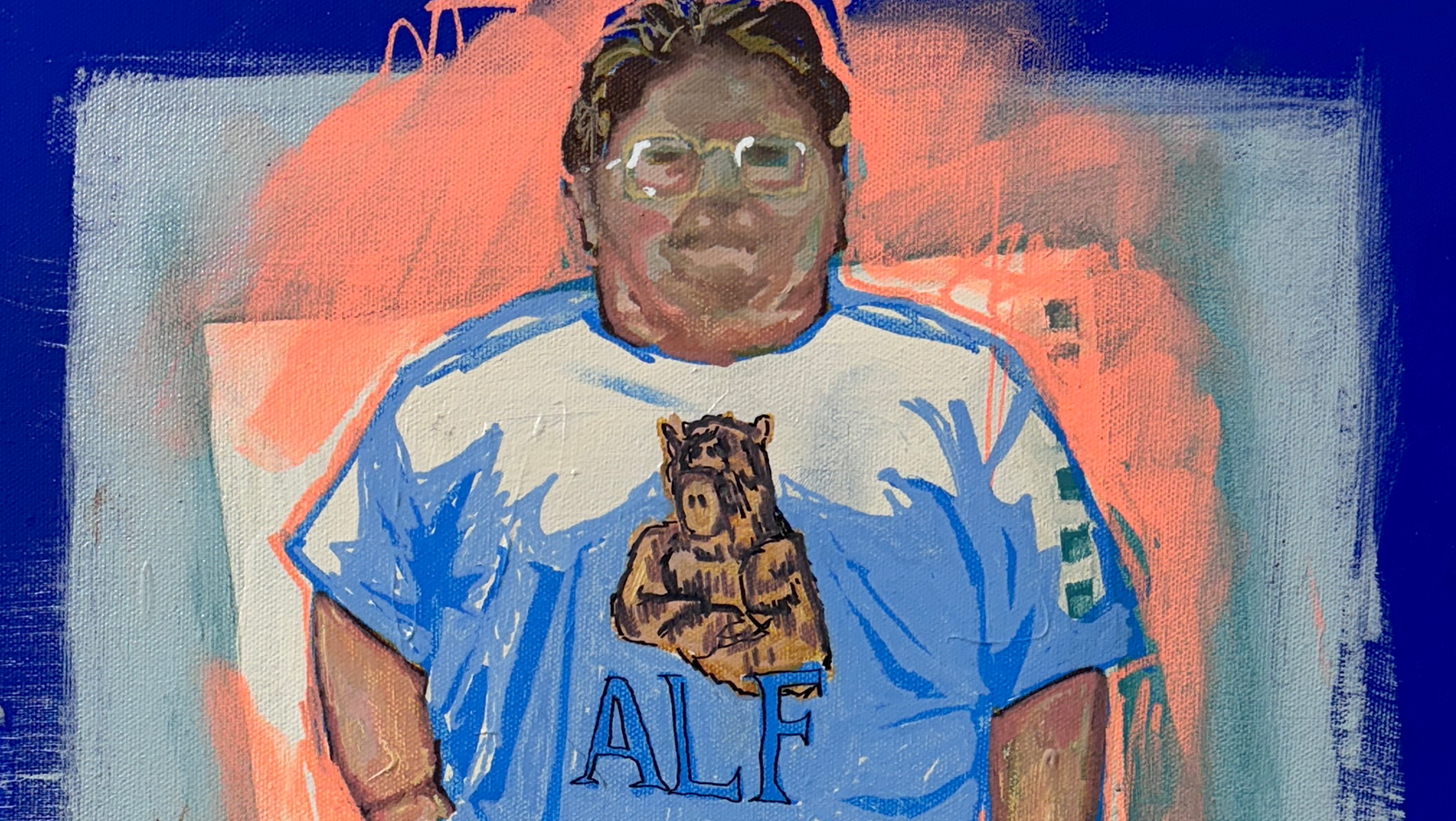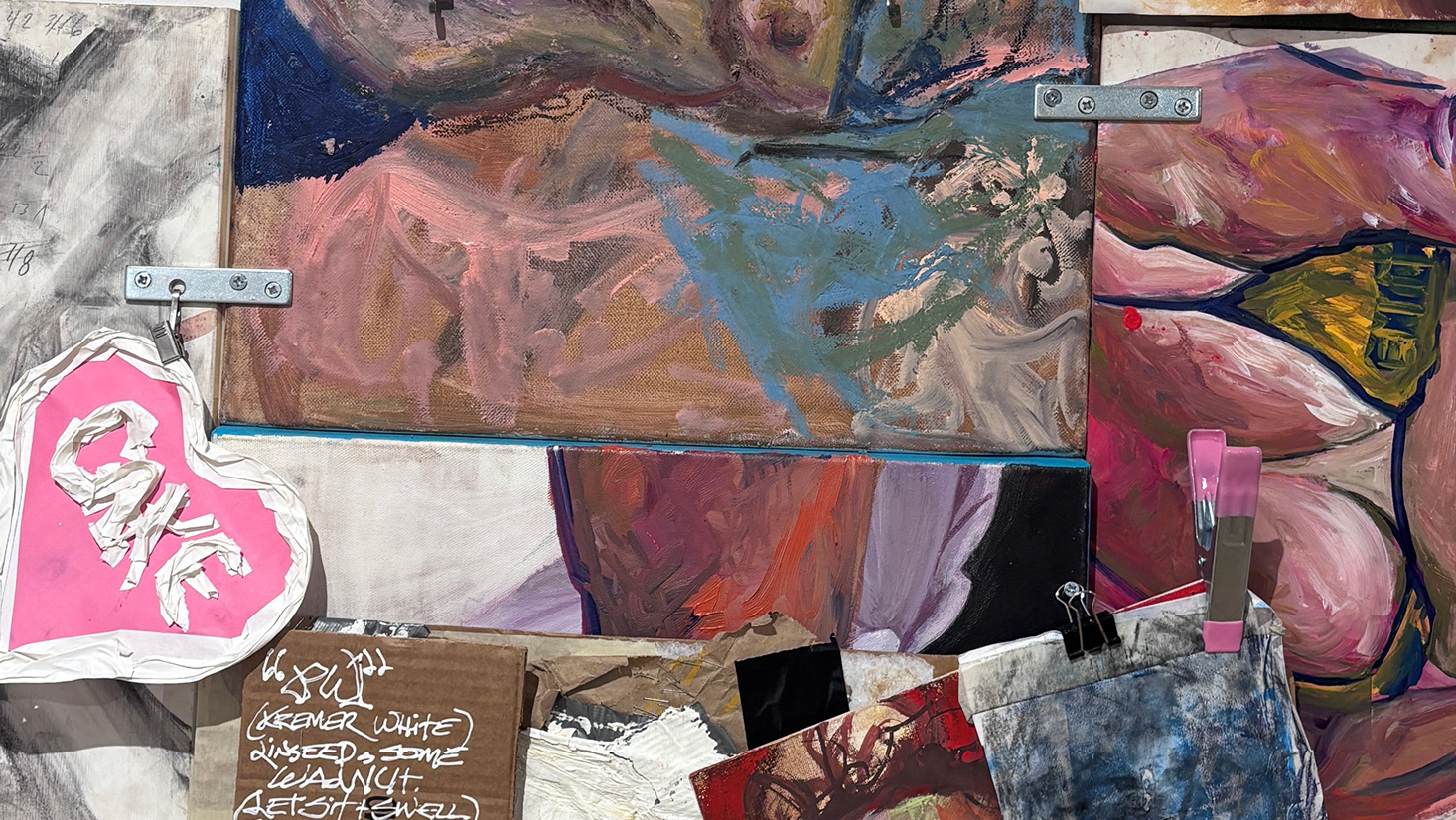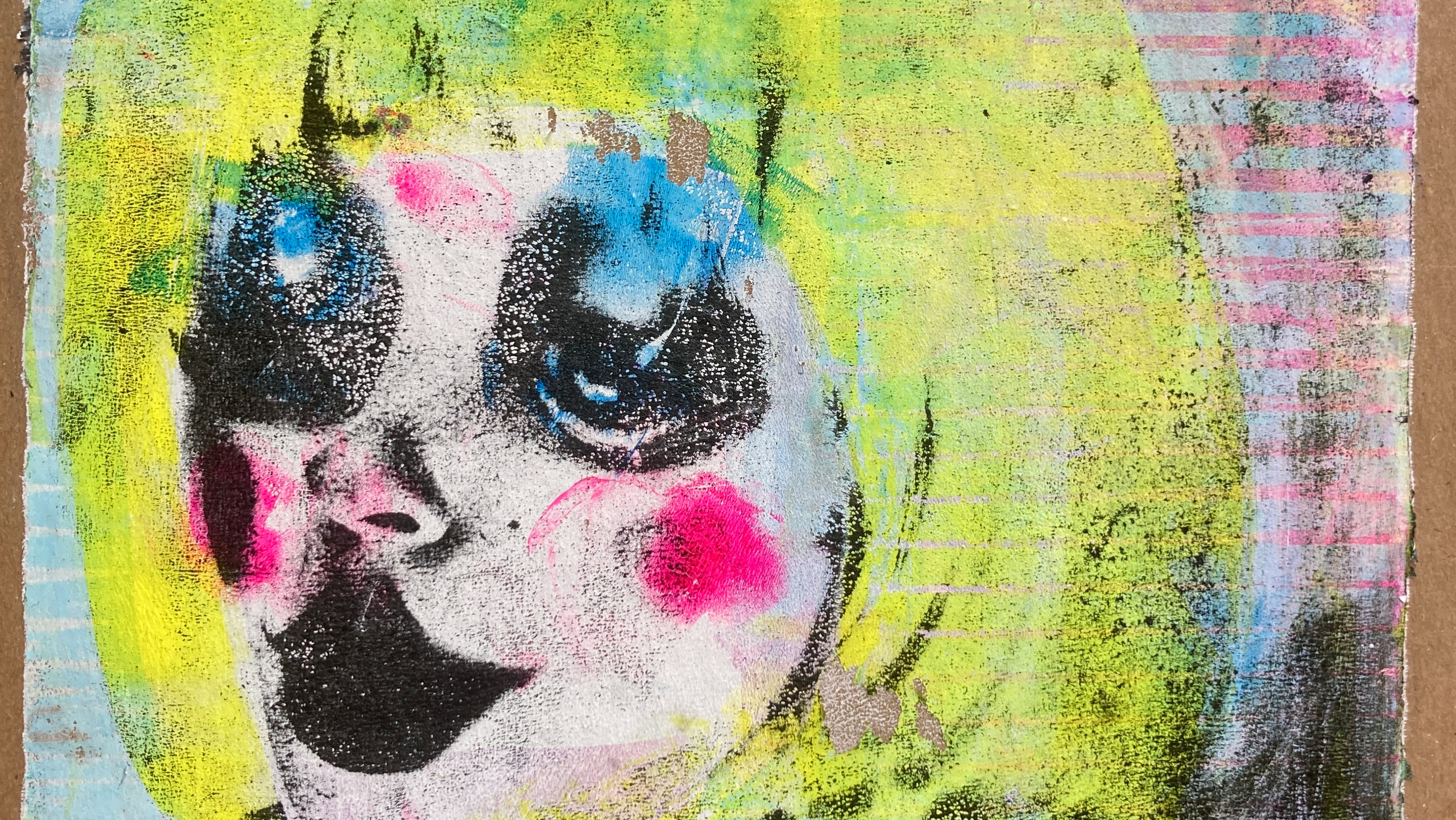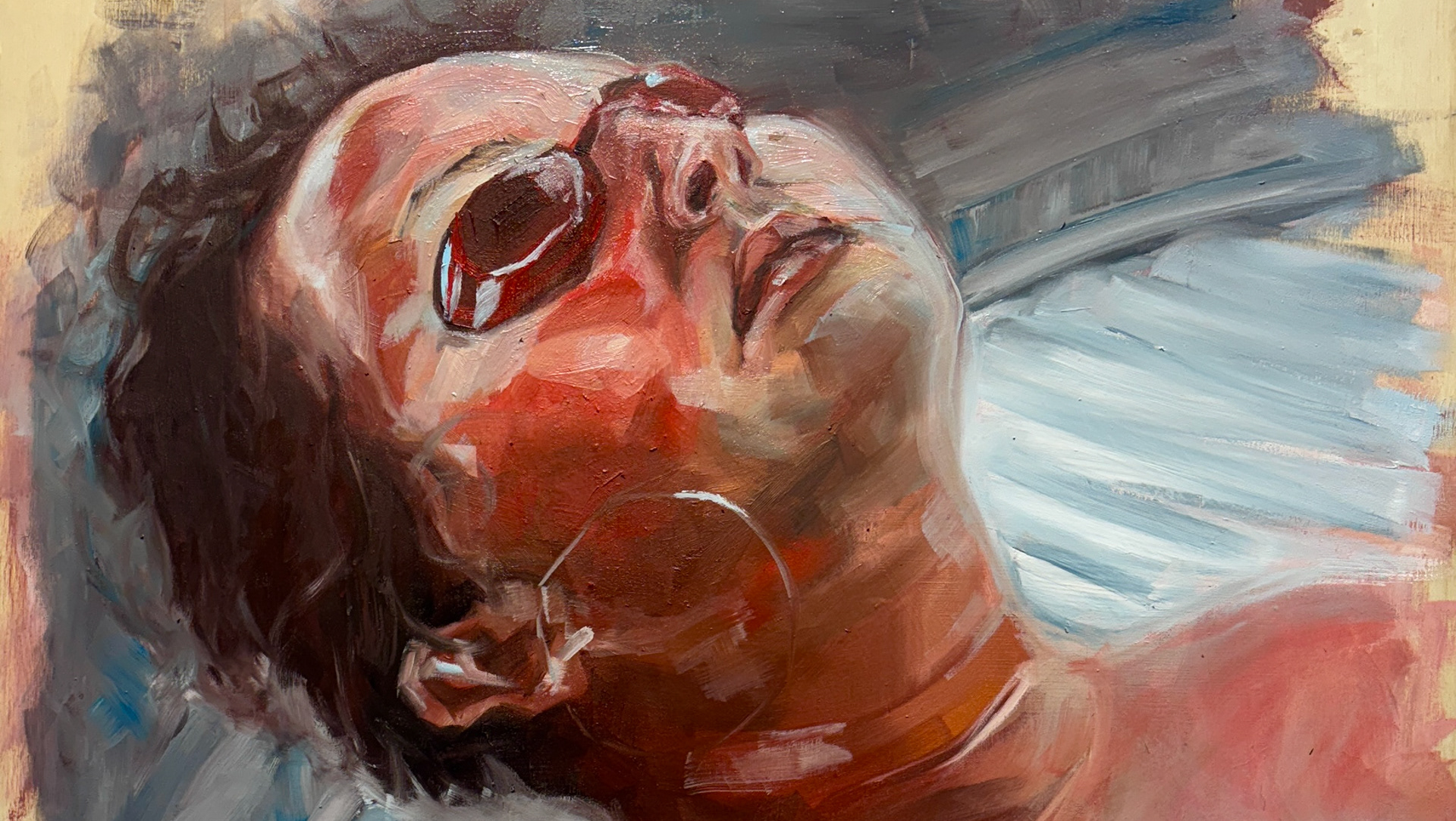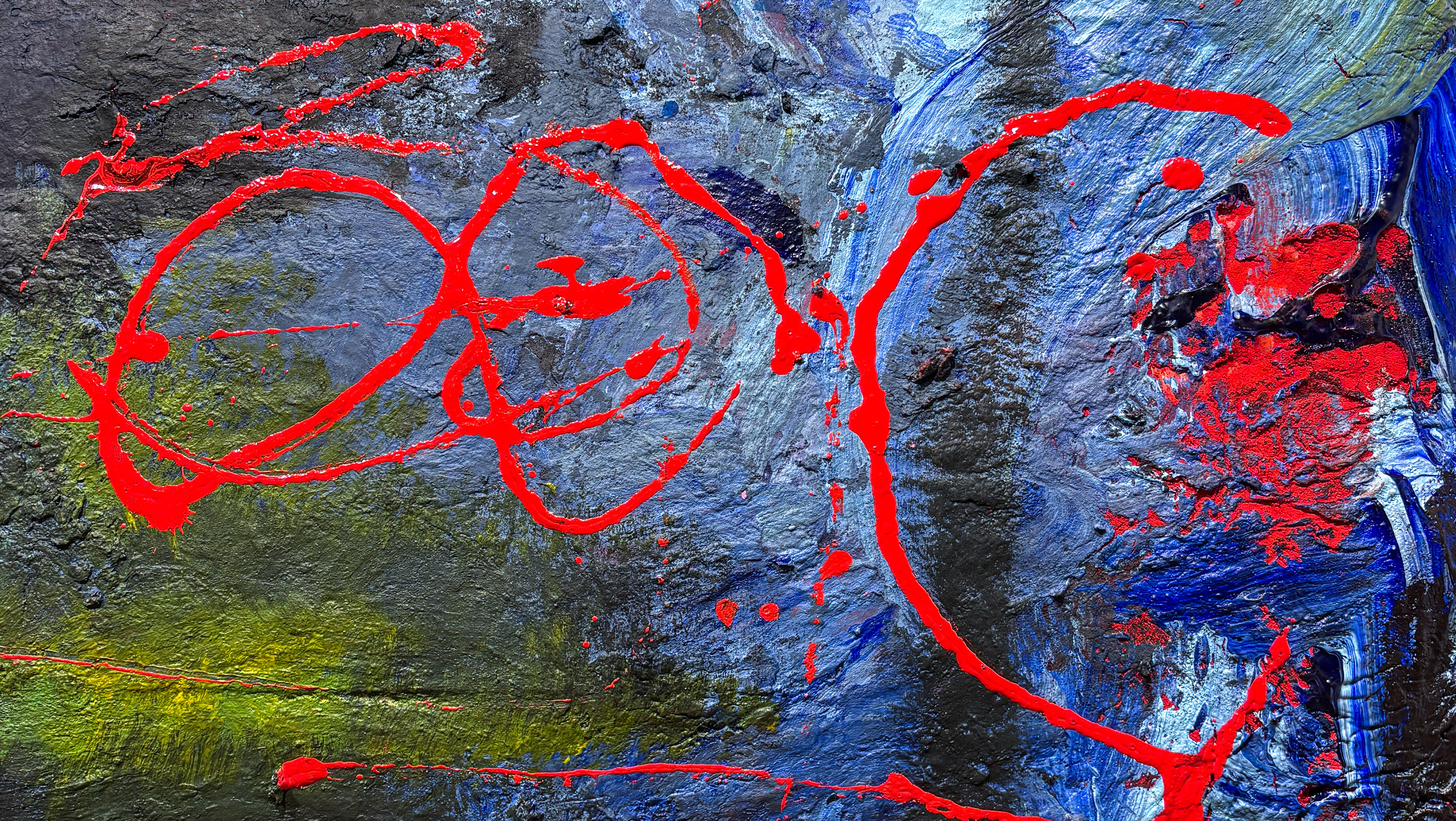INSTINCT
redneck fresco (pigment, toilet paper, wood glue, and flour) with conte on foraged school desk. staples, masking tape, pen, ink, and graphite.
Children often follow their instinct to create, but many of us grow up and stop making art. Those who continue creating into adulthood must consider societal demands: money, self-image, education, and digestibility, all of which erode our self-expression to some extent. Through references to makers outside the constraints of capital, I interrogate the role of the artist as a free agent, suggesting the true artists might be those who don’t consider themselves as such.

Installation 1
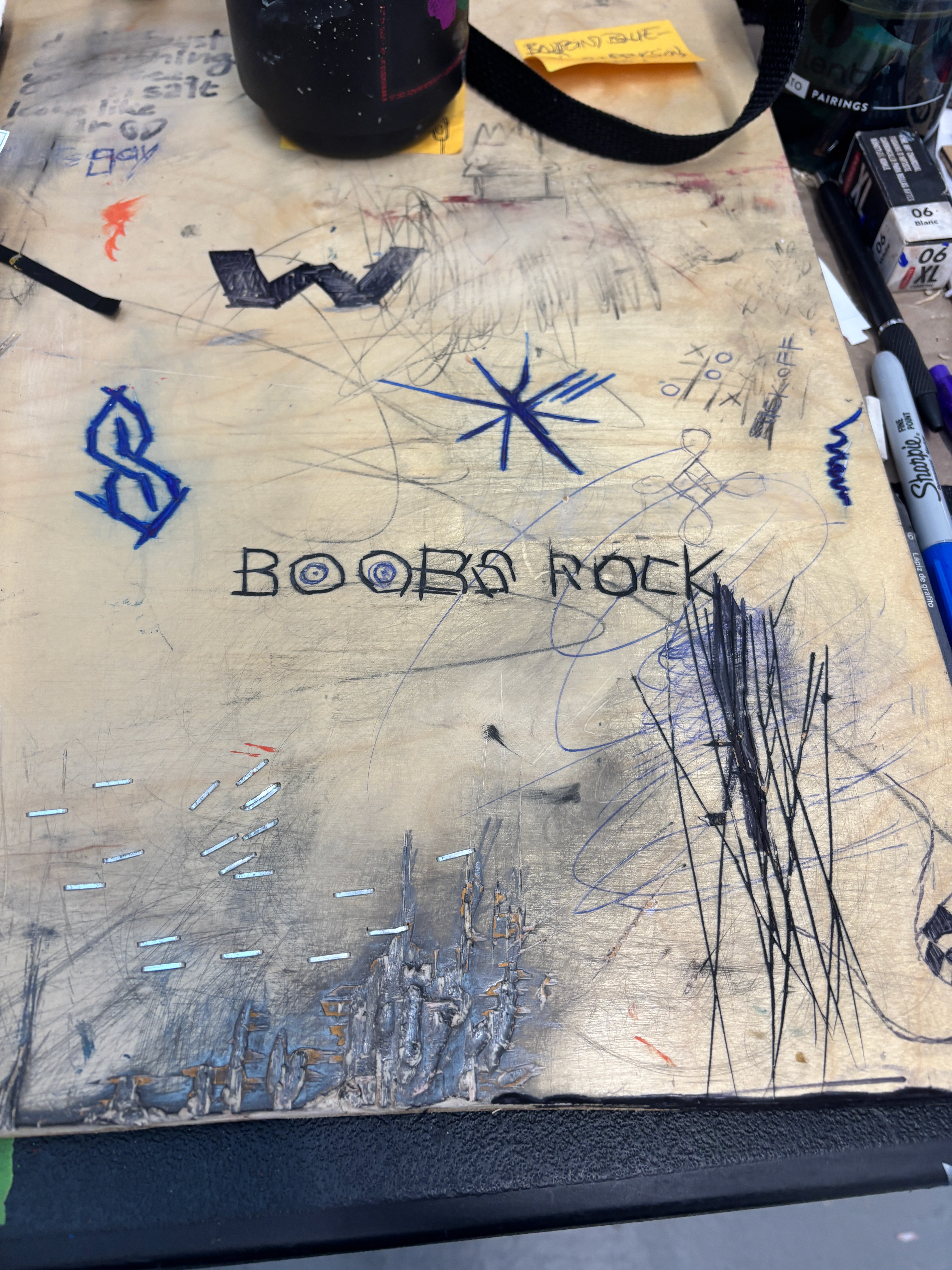
Process

Installation 2
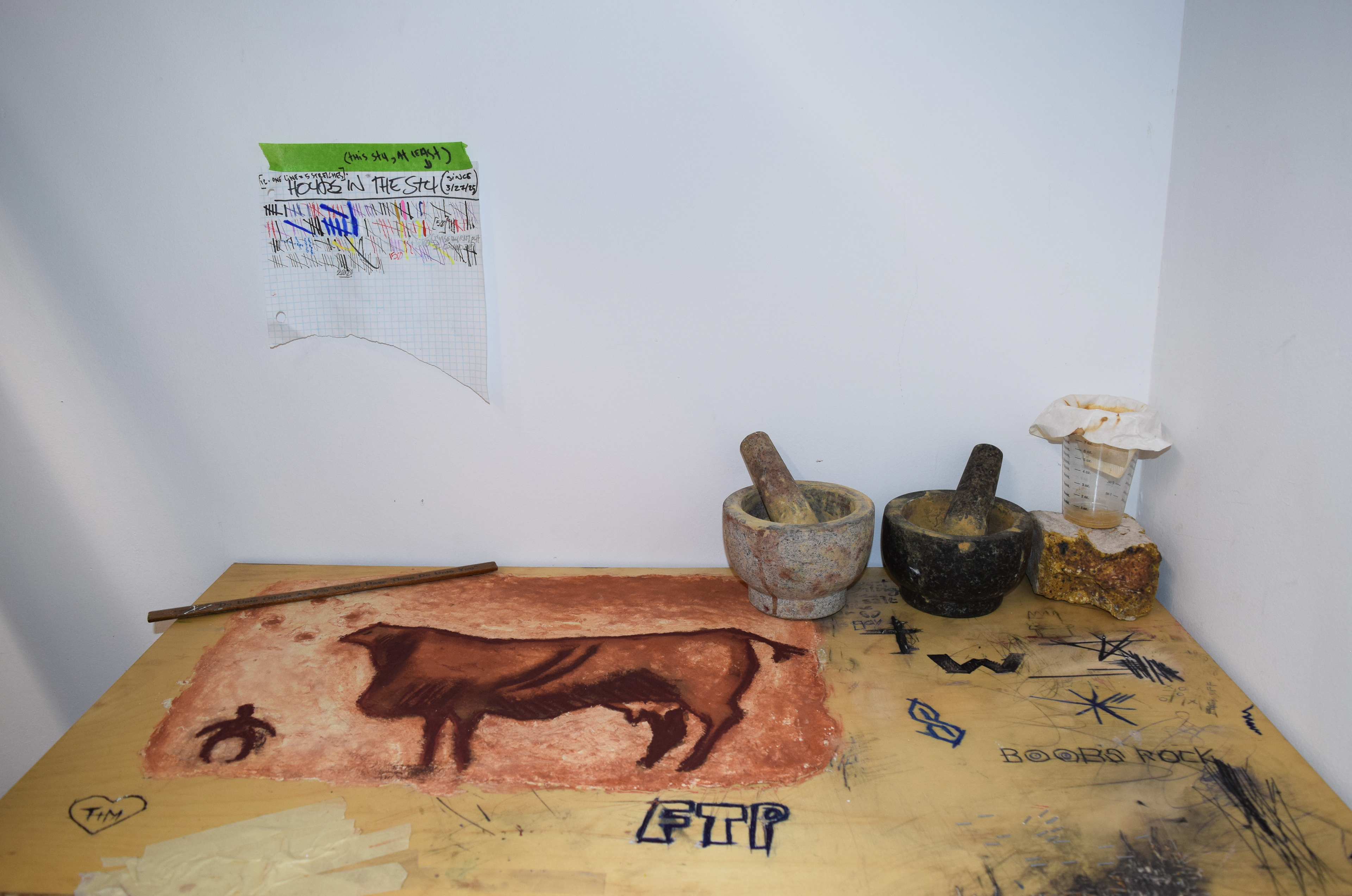
Installation 3
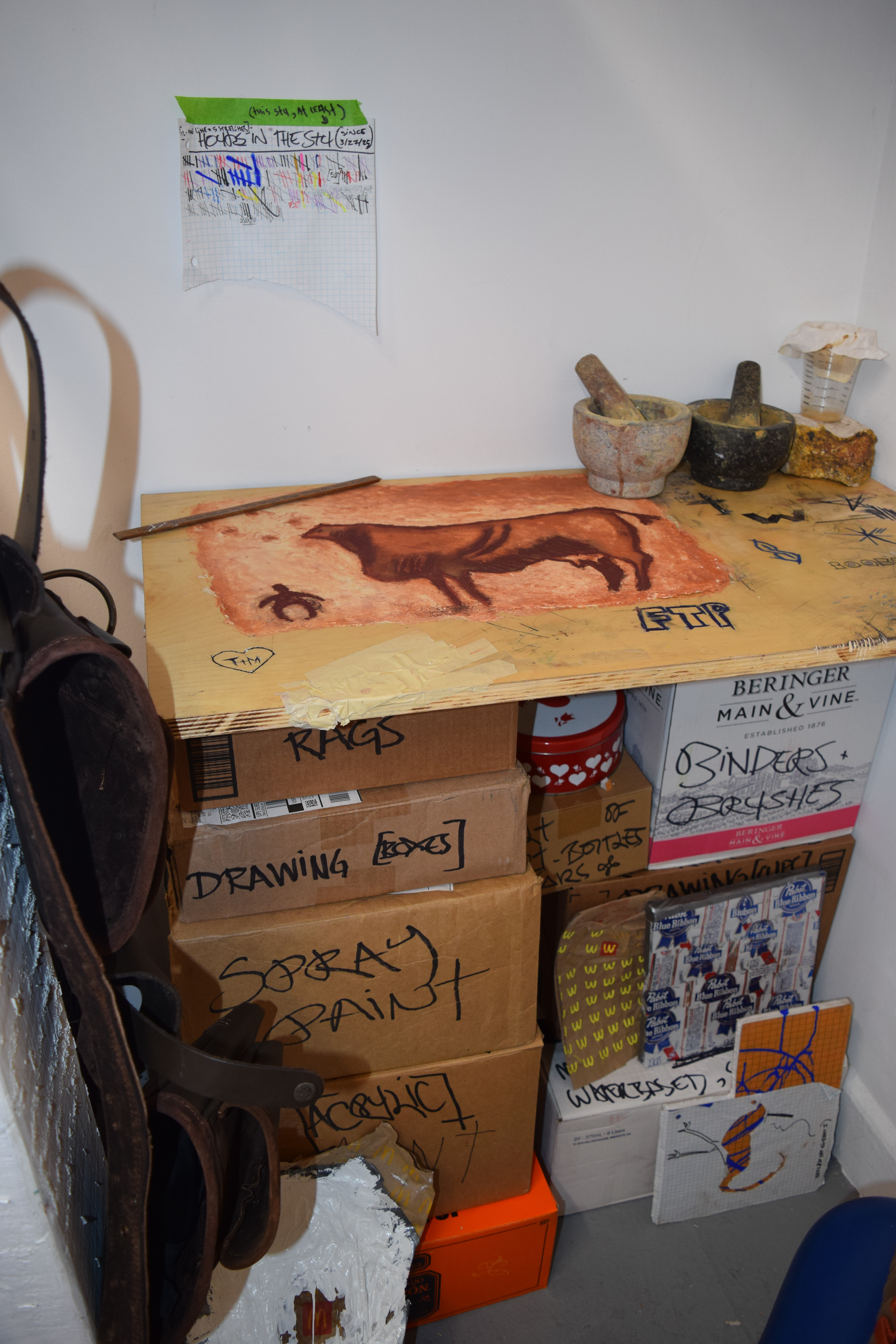
Installation 4
OUTSIDE THE AGREEMENT
As the world advances, we own less and less of the public space we inhabit: no longer can the artist paint onto any stone wall he sees fit. The projector acts as a handicapped paintbrush, the only way to redesign the world around us (albeit very briefly). The inability for any true physical intervention within these public spaces suggests that artistic freedom might have peaked over 20,000 years ago, and has slowly declined ever since.
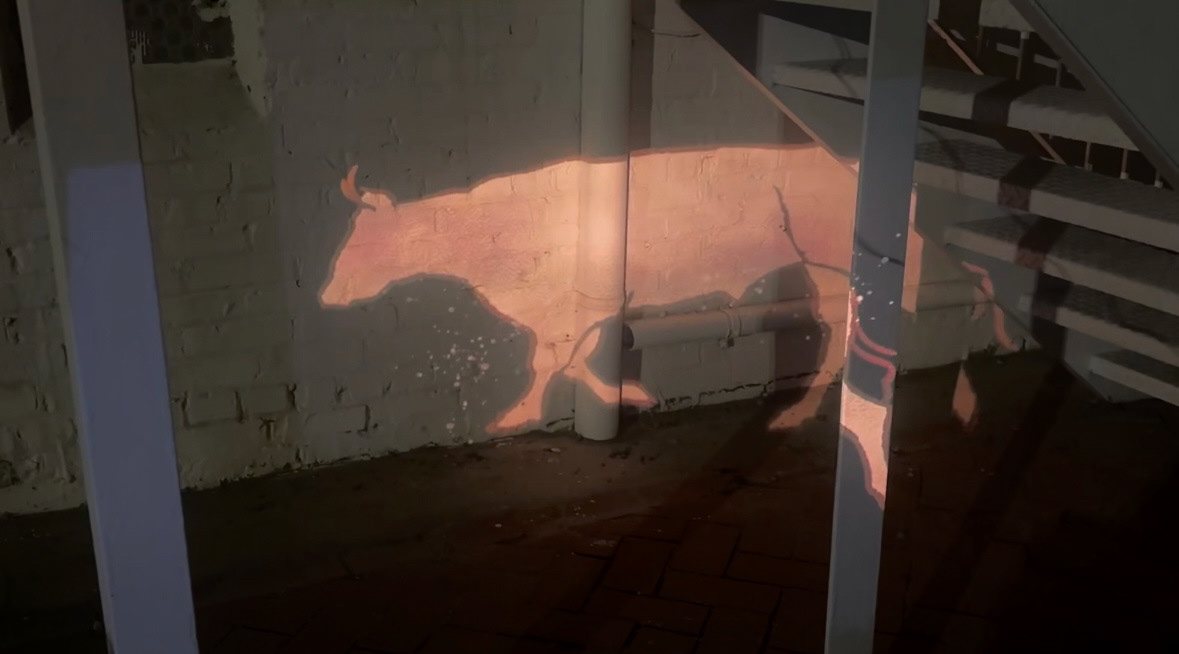
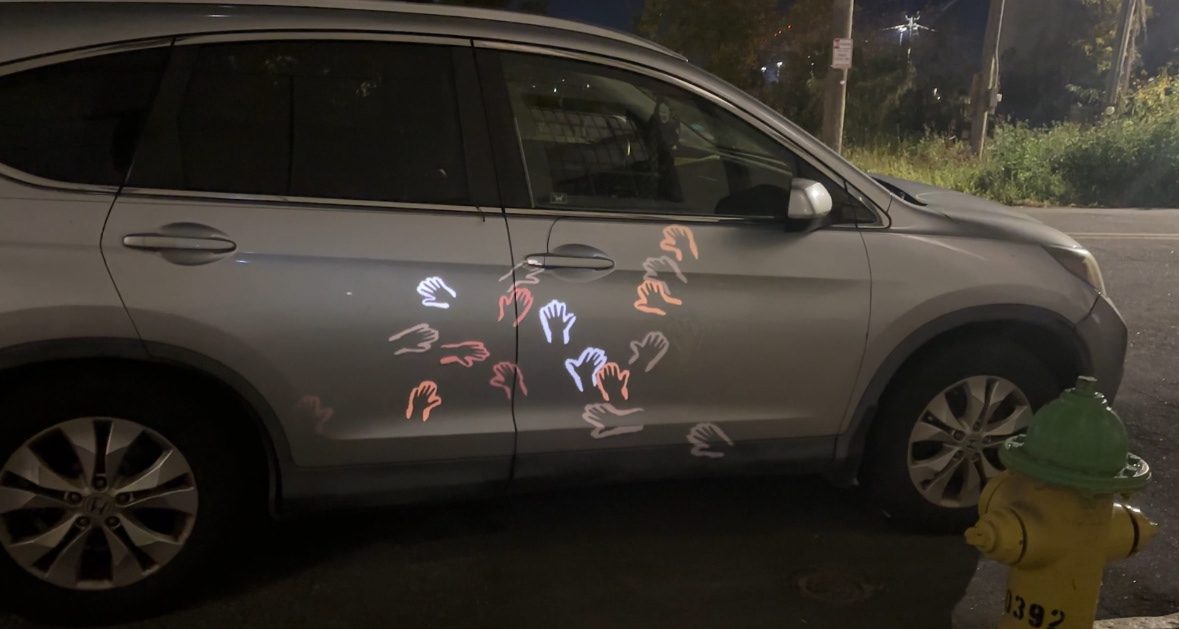
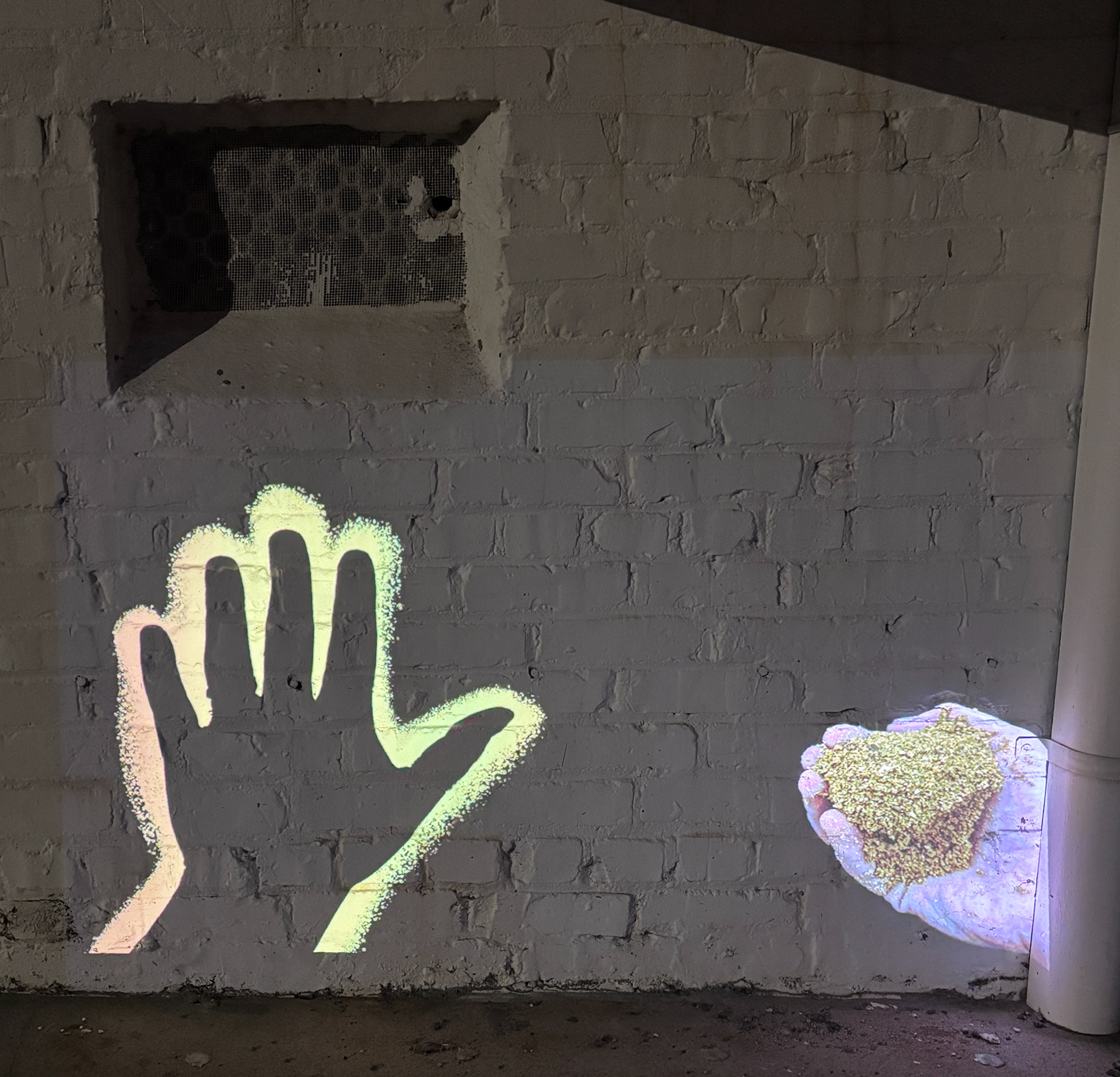
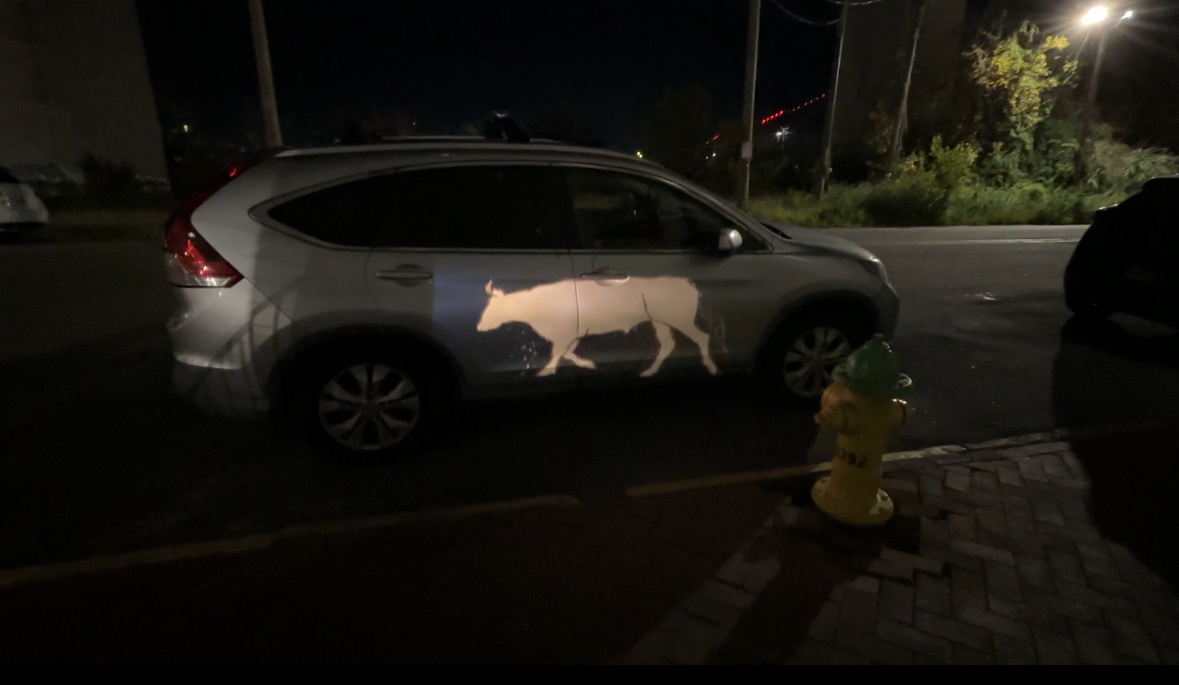
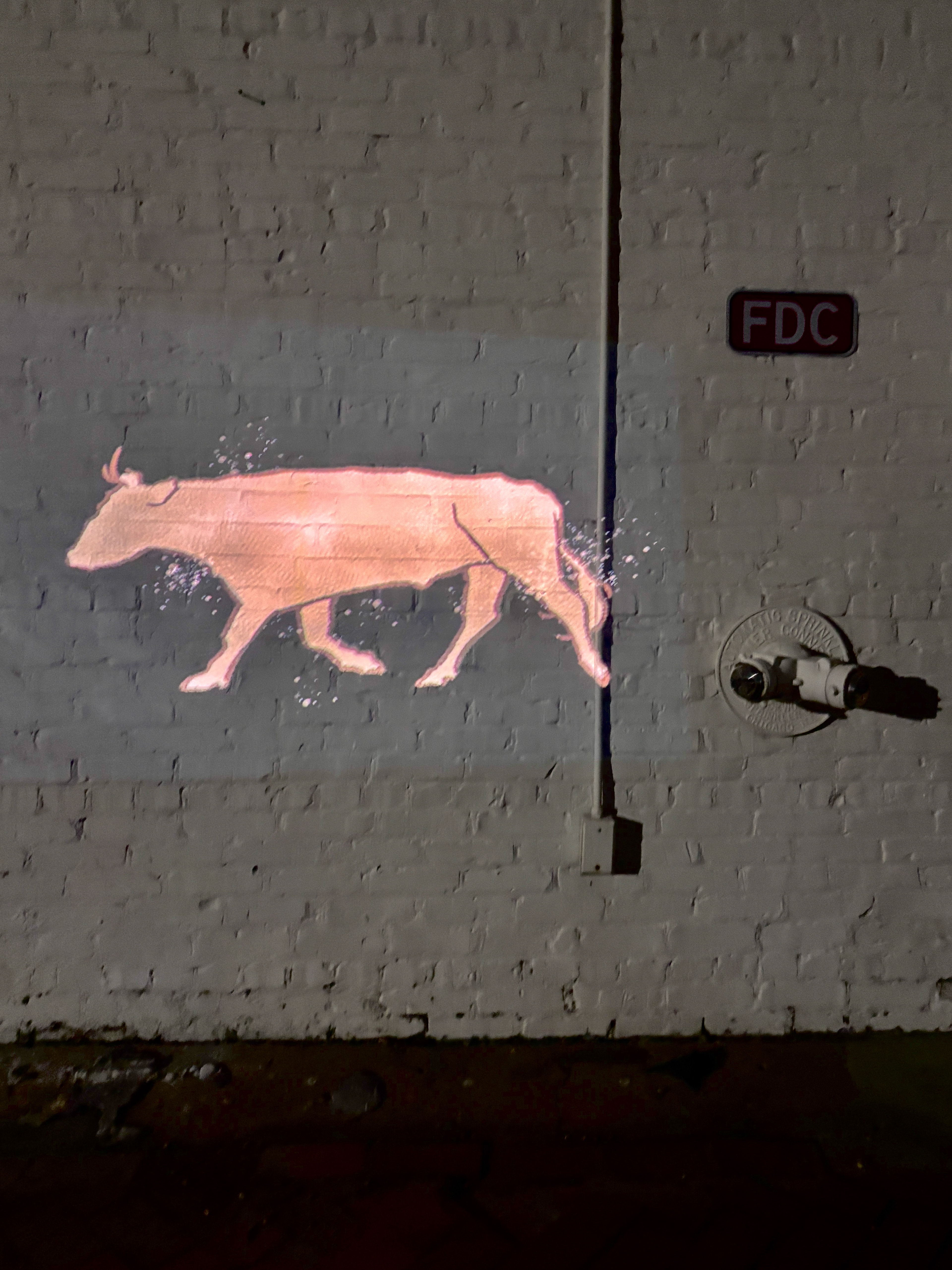
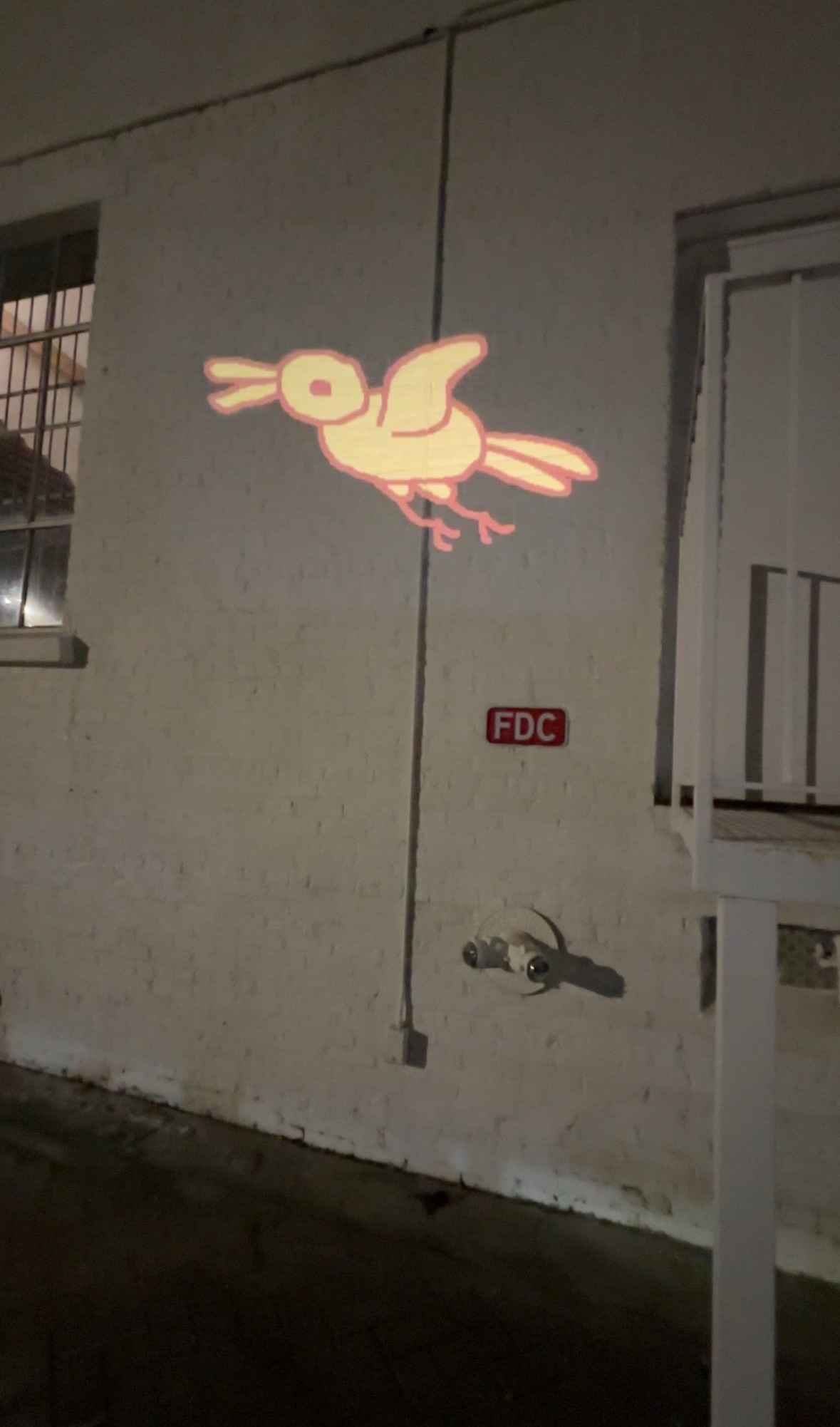
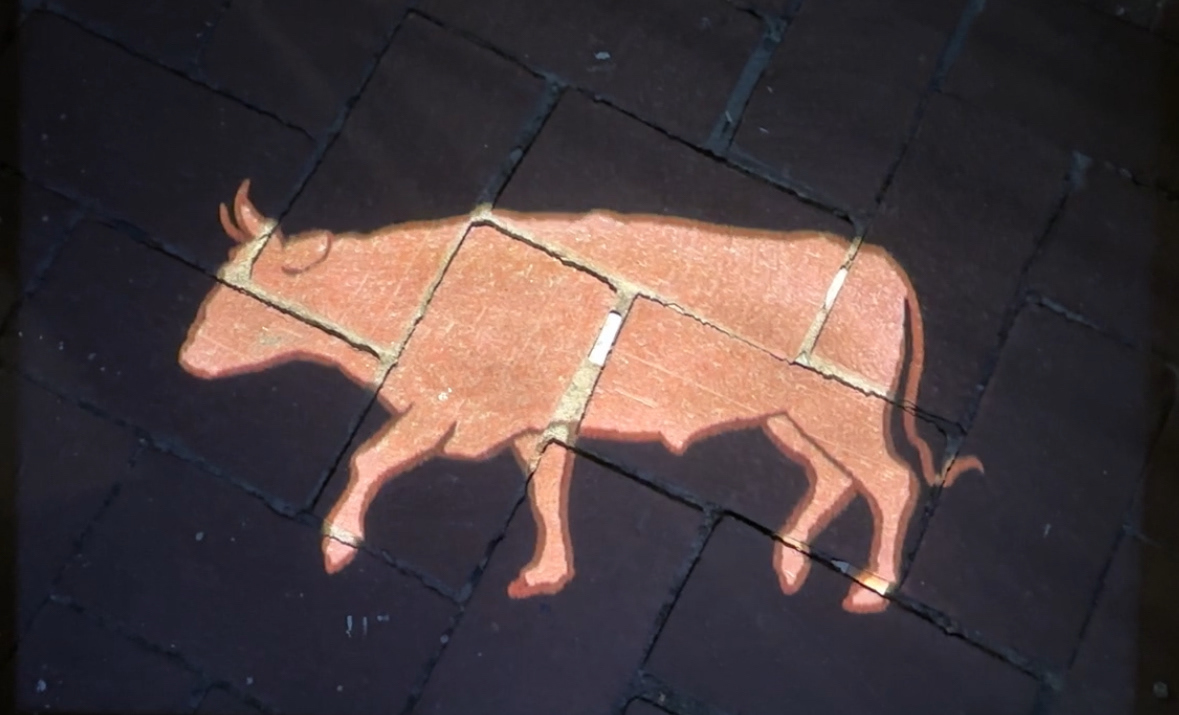
MATH CLASS
foraged ochre paint on kerdi-board, graph paper, duct tape and sharpie
As is the case with other scatter-brained individuals, I was often more interested in doodling rather than note taking in class: particularly in math. I collected ochre from the dirt around my school and turned it into an acrylic paint, a modernized prehistoric counterpart. Through an ahistorical fusion of mediums, styles, and subjects, I try to validate my instinct to create by comparing the practice to our ancient ancestors.
